I have been very tardy in blogging and this is my first one from Stellenbosch, despite having been here for over a month— I must and will try harder. I therefore apologise that this is likely to be rather a long entry!
After a wonderful time in CT it was time to get down to the nitty-gritty and move on up to my new home in Stellenbosch. Not that I had a home when we arrived, so that was the first task. Arriving here mid-afternoon on a Sunday I thought that I had made a terrible mistake. Tumbleweed rolled through the streets. And I silently cursed my decision to come here. It was like arriving in a wild West town in a movie. Th e only sign of life were the parking attendants and the waiters in the few restaurants that were open. Sunday, it is fair to say, is truly the day of rest here, at least after 2pm. Refreshing as this may seem, arriving before the majority of students returned for the new year left me feeling like I had moved to the most miserable place imaginable. 24 hours later I was beginning to think I was wrong and 24 days later I couldn’t have been further from the truth. Stellies, as the students and locals alike call it, is a hub of vibrancy: perhaps best depicted in this picture of these local minstrels who play their catchy self-penned song “Welcome to Stellenbosch, put on your dancing shoes”, everyday to whoever will listen, and many who won’t!
After a wonderful time in CT it was time to get down to the nitty-gritty and move on up to my new home in Stellenbosch. Not that I had a home when we arrived, so that was the first task. Arriving here mid-afternoon on a Sunday I thought that I had made a terrible mistake. Tumbleweed rolled through the streets. And I silently cursed my decision to come here. It was like arriving in a wild West town in a movie. Th e only sign of life were the parking attendants and the waiters in the few restaurants that were open. Sunday, it is fair to say, is truly the day of rest here, at least after 2pm. Refreshing as this may seem, arriving before the majority of students returned for the new year left me feeling like I had moved to the most miserable place imaginable. 24 hours later I was beginning to think I was wrong and 24 days later I couldn’t have been further from the truth. Stellies, as the students and locals alike call it, is a hub of vibrancy: perhaps best depicted in this picture of these local minstrels who play their catchy self-penned song “Welcome to Stellenbosch, put on your dancing shoes”, everyday to whoever will listen, and many who won’t!
There is much to love about Stellenbosch. It has some very beautiful architecture, which arriving during a balmy summer, is displayed in the best possible light. The Cape Dutch architecture of Dorp Street and the buildings and churches around the Braak (the town green) give a feeling of going back in time, to an idyllic, quaint past. There are parts, however, which are not so quaint. Stellenbosch is undoubtedly a place of contrasts, vast contrasts. There is a huge discrepancy between the wealth of the (mainly) white South Africans and their (mainly) black counterparts. The huge differences in Stellenbosch are particularly pronounced. In class the other day one of my fellow students said to us Europeans: “You have to realise that Stellenbosch is a bubble in the Western Cape and the Western Cape is a bubble in South Africa.” In this simple sentence she summed up exactly how I was feeling.
I am living a pretty comfortable life here. I have access to an endless supply of the most deliciously fresh food, especially fruit, vegetables and cheese. Good wine and gin are never in short supply. I can easily enjoy the beauties of the South African land either on my bike or driving down to Cape Town. There are few things I haven’t been able to buy if I’ve needed to (apart from pen cartridges!).
I also lead a very uncomfortable life here. Unlike some of the (mainly white) South Africans, I do not live in a bubble behind my electric gates and security guards. I venture beyond the gates in an attempt to get down to the nitty and incredibly gritty of what life is really like in this complex, troubled and far from peaceful nation. Breaking free from the compound in which I live, it is hard not to feel disillusioned with Mandela’s “Rainbow Nation”. Whilst Stellies is awash with Toyota Land Cruiser’s and Hilux’s, broad plain tree-lined boulevards, restaurants boasting some of the best food on the Western Cape, if not in South Africa, beautiful homesteads with immaculately tended and irrigated lawns, on the slopes above it a different story is playing out. I have now volunteered twice at a primary school in the Kayamandi township- home to 40,000 people in what are largely makeshift corrugated iron huts (not dissimilar to those that are captured in a Comic Relief film). Here, you encounter what many would see as the ‘real Africa’. This is a place ravaged by poverty in comparison to the affluence of Stellebosch-proper. The contrast is perhaps best summed up by the ironic scene I observed on Friday , of a Mercedes dealership only a few hundred yards from where you enter into Kayamandi. This sums up the difference between Kayamandi and Stellenbosch. Yet, Kayamandi is no more ‘real’ than Stellenbosch. Both are the ‘real Africa’ of South Africa. This is a country of great contrasts and multiple identities which is still struggling, over two decades on from the end of apartheid, to unite as one, harmonious, rainbow nation.
I also lead a very uncomfortable life here. Unlike some of the (mainly white) South Africans, I do not live in a bubble behind my electric gates and security guards. I venture beyond the gates in an attempt to get down to the nitty and incredibly gritty of what life is really like in this complex, troubled and far from peaceful nation. Breaking free from the compound in which I live, it is hard not to feel disillusioned with Mandela’s “Rainbow Nation”. Whilst Stellies is awash with Toyota Land Cruiser’s and Hilux’s, broad plain tree-lined boulevards, restaurants boasting some of the best food on the Western Cape, if not in South Africa, beautiful homesteads with immaculately tended and irrigated lawns, on the slopes above it a different story is playing out. I have now volunteered twice at a primary school in the Kayamandi township- home to 40,000 people in what are largely makeshift corrugated iron huts (not dissimilar to those that are captured in a Comic Relief film). Here, you encounter what many would see as the ‘real Africa’. This is a place ravaged by poverty in comparison to the affluence of Stellebosch-proper. The contrast is perhaps best summed up by the ironic scene I observed on Friday , of a Mercedes dealership only a few hundred yards from where you enter into Kayamandi. This sums up the difference between Kayamandi and Stellenbosch. Yet, Kayamandi is no more ‘real’ than Stellenbosch. Both are the ‘real Africa’ of South Africa. This is a country of great contrasts and multiple identities which is still struggling, over two decades on from the end of apartheid, to unite as one, harmonious, rainbow nation.
I am now a few weeks into my course (and am still to meet another Brit!) and this semester I am focusing on Foreign Policy Analysis. The dry theory is now over and we are learning about South Africa’s foreign policy; yet to understand this we have also had to focus on the numerous domestic issues. I have found it hugely beneficial having so many South Africans and a Namibian in my class, as it gives a true, no-holds-barred insight into life here. Sometimes it does not make for particularly pleasant listening. I am also hoping in the next few weeks to get underway on my thesis, once I have really adjusted to being back in academia! As well as my classes and the volunteer teaching programme, I have also got a job as a Research Assistant. Th is is for the ‘Worlds of Journalism Study’ which enquires into journalistic standards and ethics across the world, with our focus being on South Africa. it is very much at the planning stages, but I am really hoping that this is going to be an interesting and beneficial project to be involved with, giving a real insight into journalism and politics here. Already it is very apparent just how differently things operate here.
It is not all work here though. One of the first events we went to was the Wine Festival here (one of many scheduled for the year) which was a great opportunity to get to know the local vineyards and taste some local cheese , all for a very student-friendly price. One of the highlights in terms of events so far has been the Simonsberg Met which was organised by one of the boys res’. A friend told me to buy a ticket to the ‘fake horse race’. I was imagining it would be a race night as we have in the UK where you watch footage and place a bet, so I was rather put out by the smart dress code. It, however, turned out to be an even more ridiculous reality. t he fresher boys ran around a race track with a mop between their legs with a cardboard horses head attached- a D.I.Y. hobby horse! This is the longest running social event in the University calendar and had a VIP area full of alumni who spent the evening throwing bales onto the track to turn it into a steeplechase—an enormously fun evening , which Lord March should consider to revitalise Goodwood! Also, the Varsity Cup has sucked me into the true South African religion of rugby. This is one of the biggest events in the South African sporting calendar and enthralls even the most vague rugby supporter (i.e. me!) I have turned into an impassioned supporter of Maties and having learnt the words in my Afrikaans class, was belting out the University song. Indeed, when I messaged my friend Paul in Cape Town to wish UCT luck in their tie against UJ (University of Johannesburg) I was chuffed to get a response from him saying: “you’re a proper Matie now!” I no longer feel like a visitor, I feel like I belong here, as the page in my passport bears testament to.
It is not all work here though. One of the first events we went to was the Wine Festival here (one of many scheduled for the year) which was a great opportunity to get to know the local vineyards and taste some local cheese , all for a very student-friendly price. One of the highlights in terms of events so far has been the Simonsberg Met which was organised by one of the boys res’. A friend told me to buy a ticket to the ‘fake horse race’. I was imagining it would be a race night as we have in the UK where you watch footage and place a bet, so I was rather put out by the smart dress code. It, however, turned out to be an even more ridiculous reality. t he fresher boys ran around a race track with a mop between their legs with a cardboard horses head attached- a D.I.Y. hobby horse! This is the longest running social event in the University calendar and had a VIP area full of alumni who spent the evening throwing bales onto the track to turn it into a steeplechase—an enormously fun evening , which Lord March should consider to revitalise Goodwood! Also, the Varsity Cup has sucked me into the true South African religion of rugby. This is one of the biggest events in the South African sporting calendar and enthralls even the most vague rugby supporter (i.e. me!) I have turned into an impassioned supporter of Maties and having learnt the words in my Afrikaans class, was belting out the University song. Indeed, when I messaged my friend Paul in Cape Town to wish UCT luck in their tie against UJ (University of Johannesburg) I was chuffed to get a response from him saying: “you’re a proper Matie now!” I no longer feel like a visitor, I feel like I belong here, as the page in my passport bears testament to.
Until next time, Totsiens!
P.s. I have had to assume a new Afrikaans identity as apparently you have to become Afrikaans to learn Afrikaans—my naam is Petra Pieterse, ek kom van Pofadder af. Pofadder is noord van Kaapstad, naby Namibia.
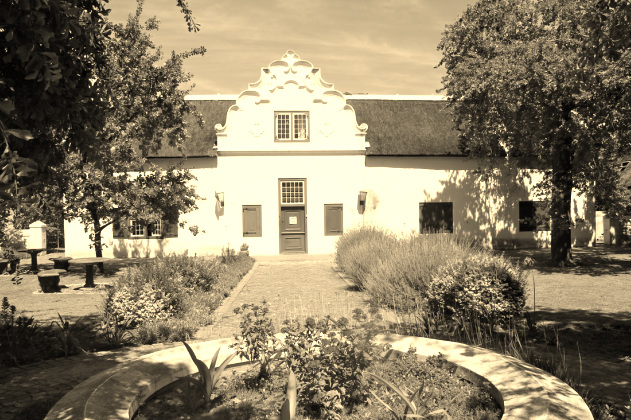

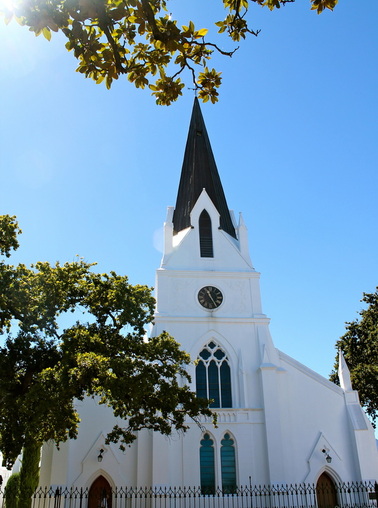
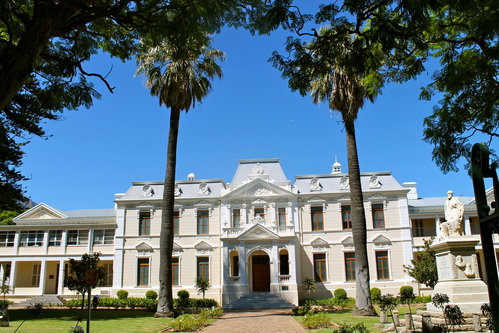
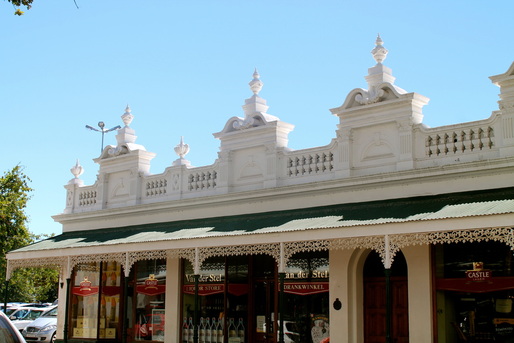
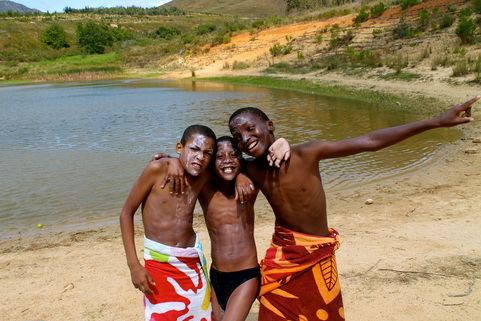
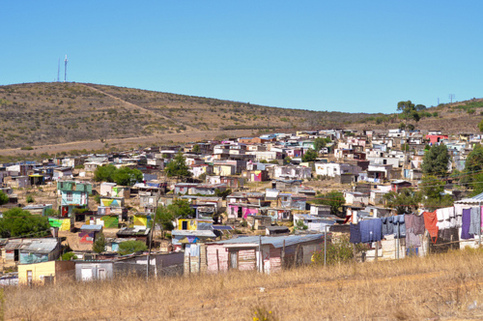
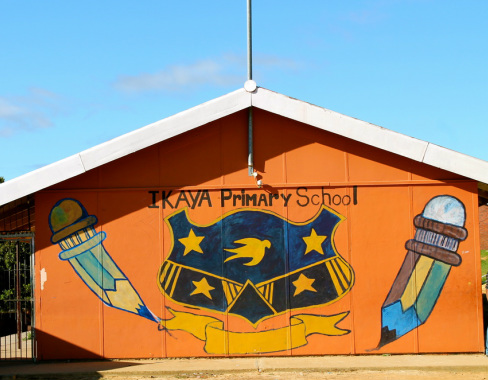
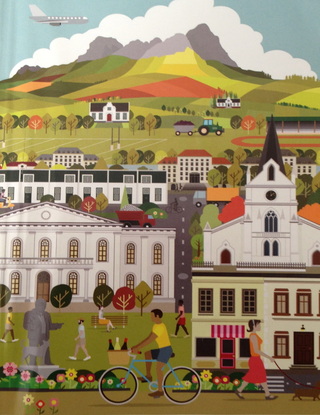
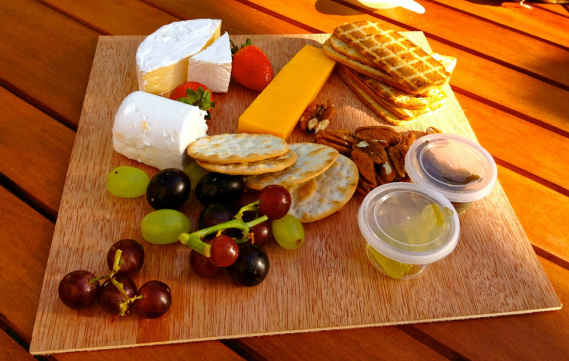
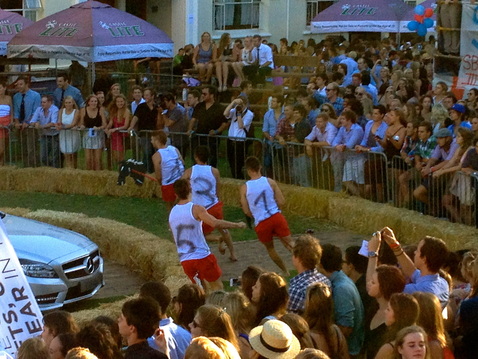
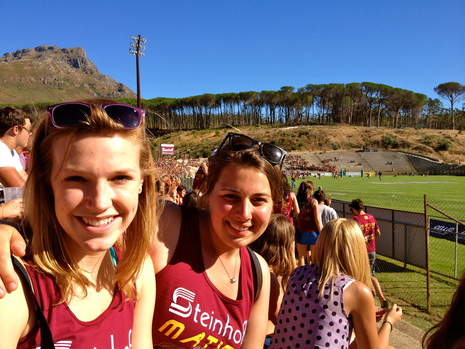
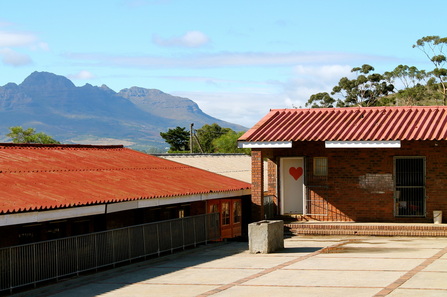

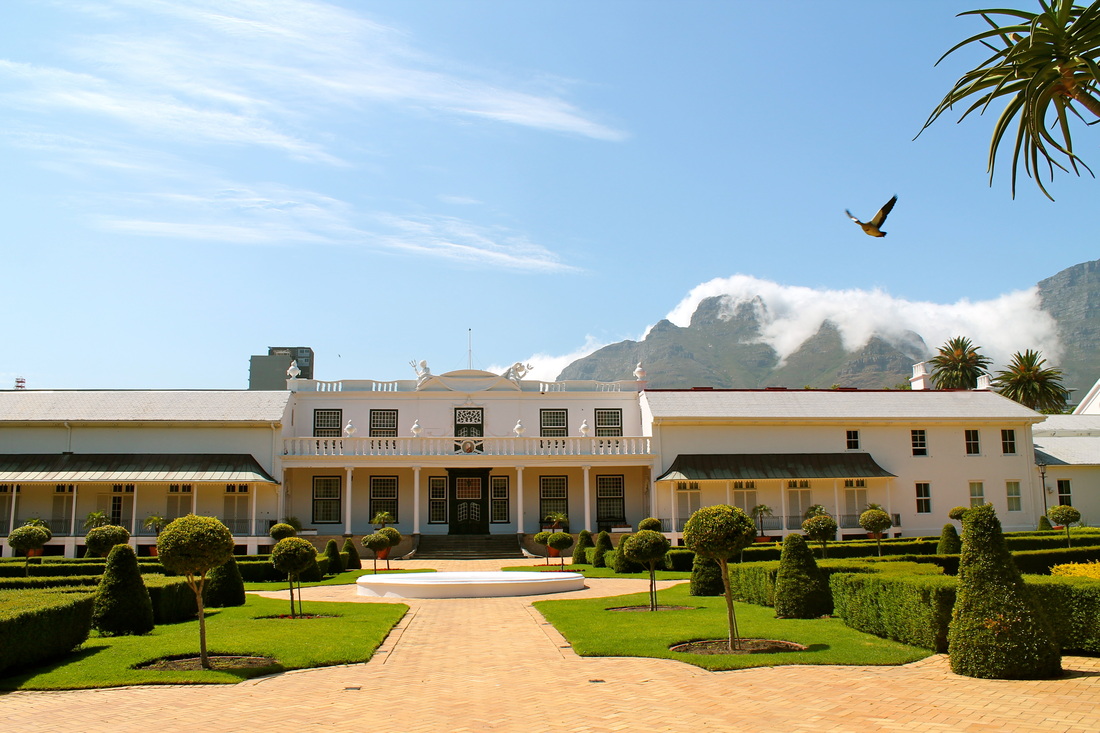
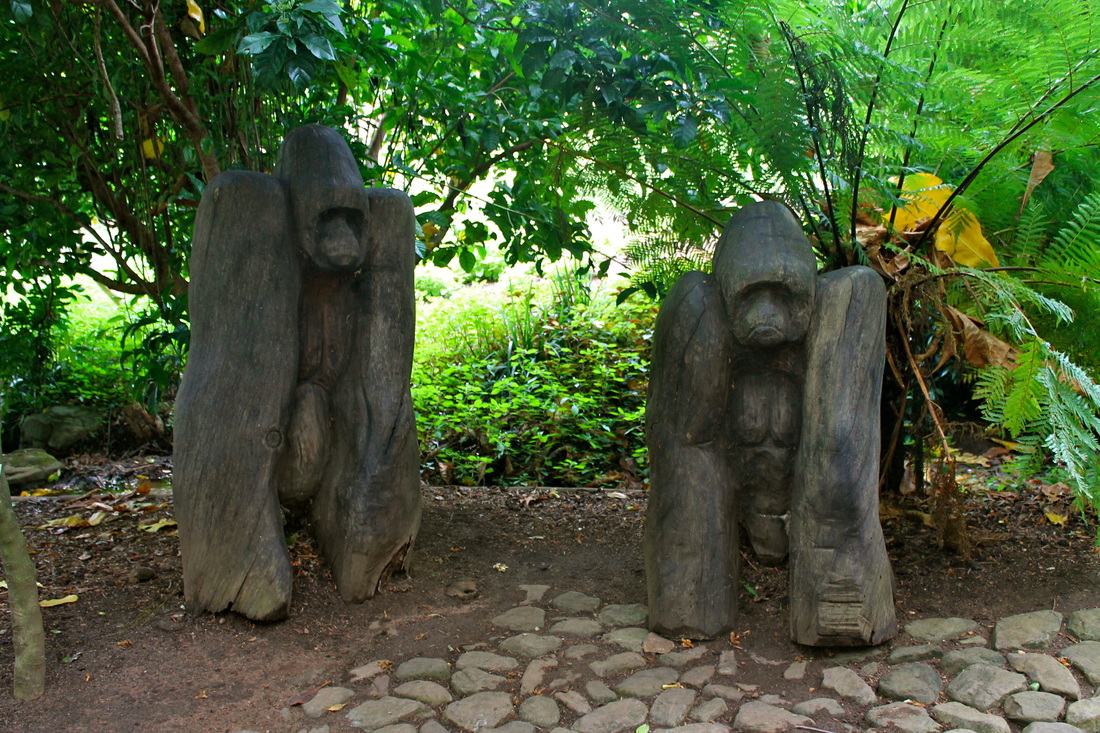
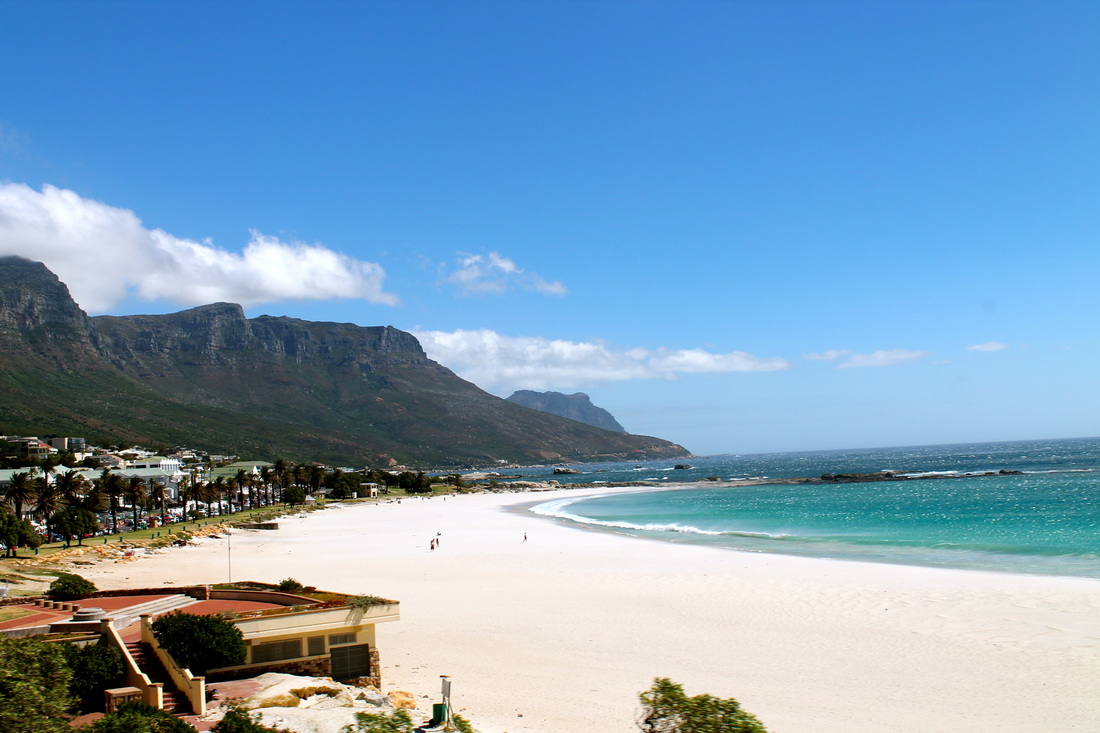
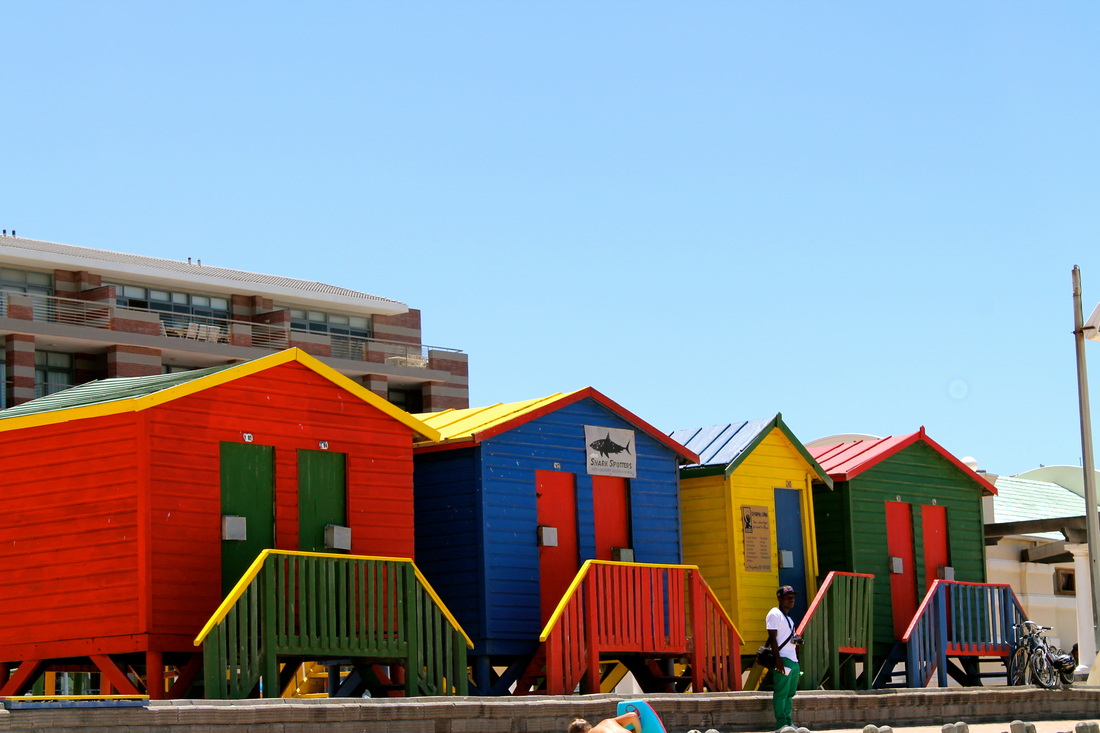
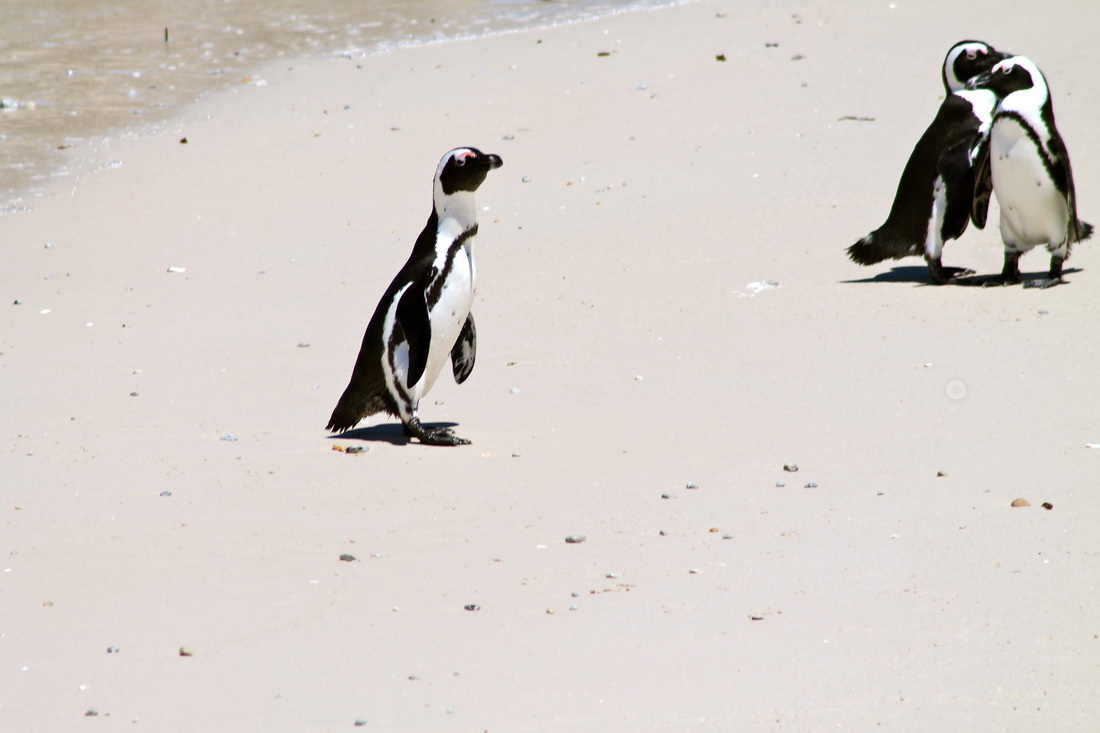
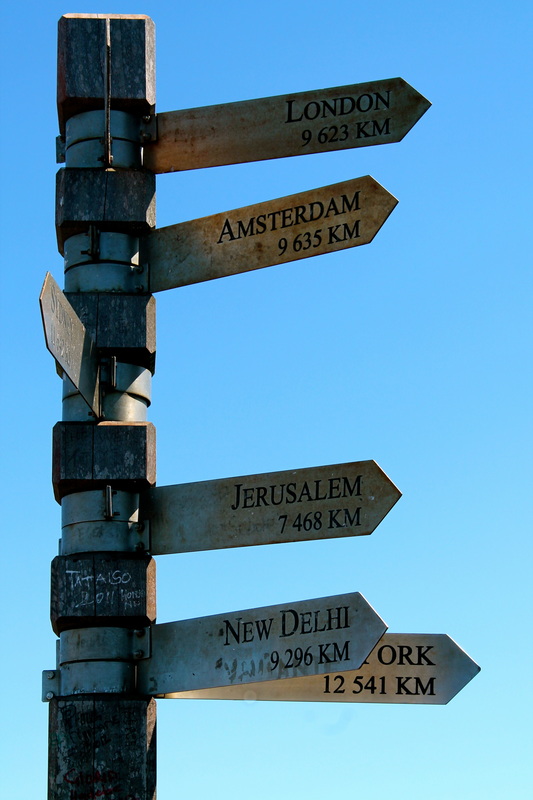

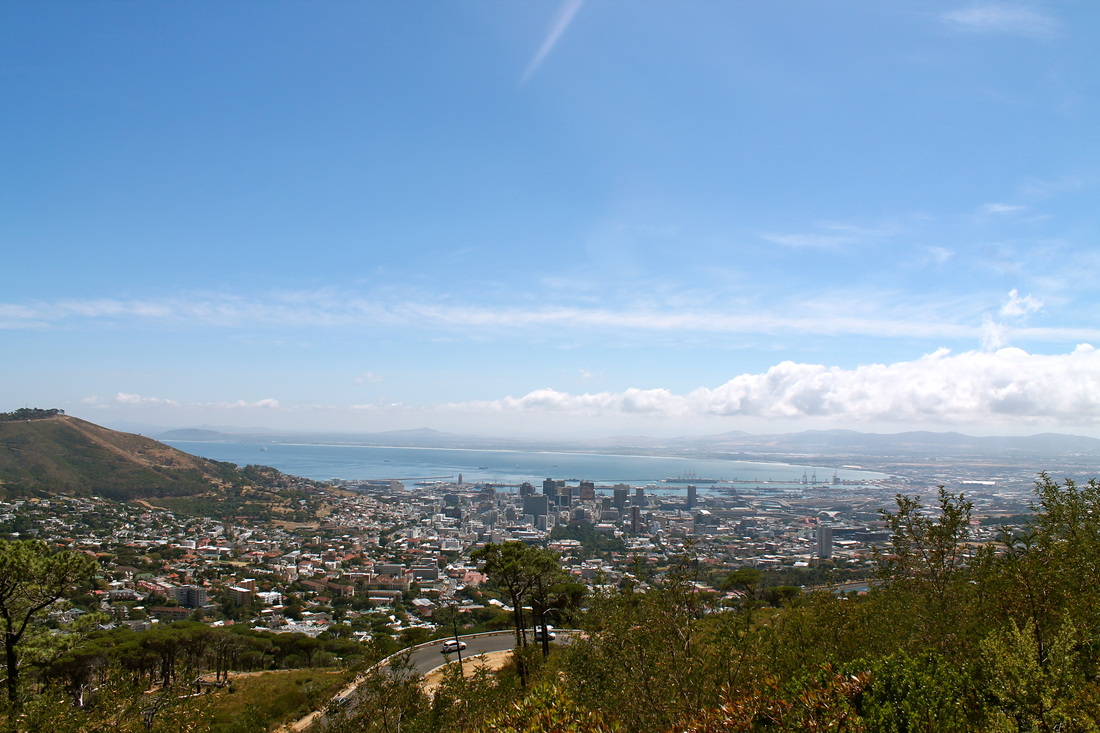
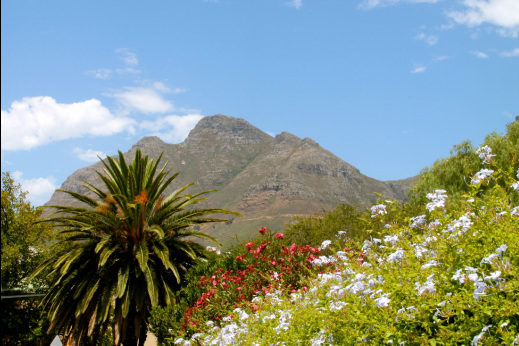
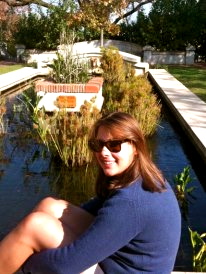
 RSS Feed
RSS Feed